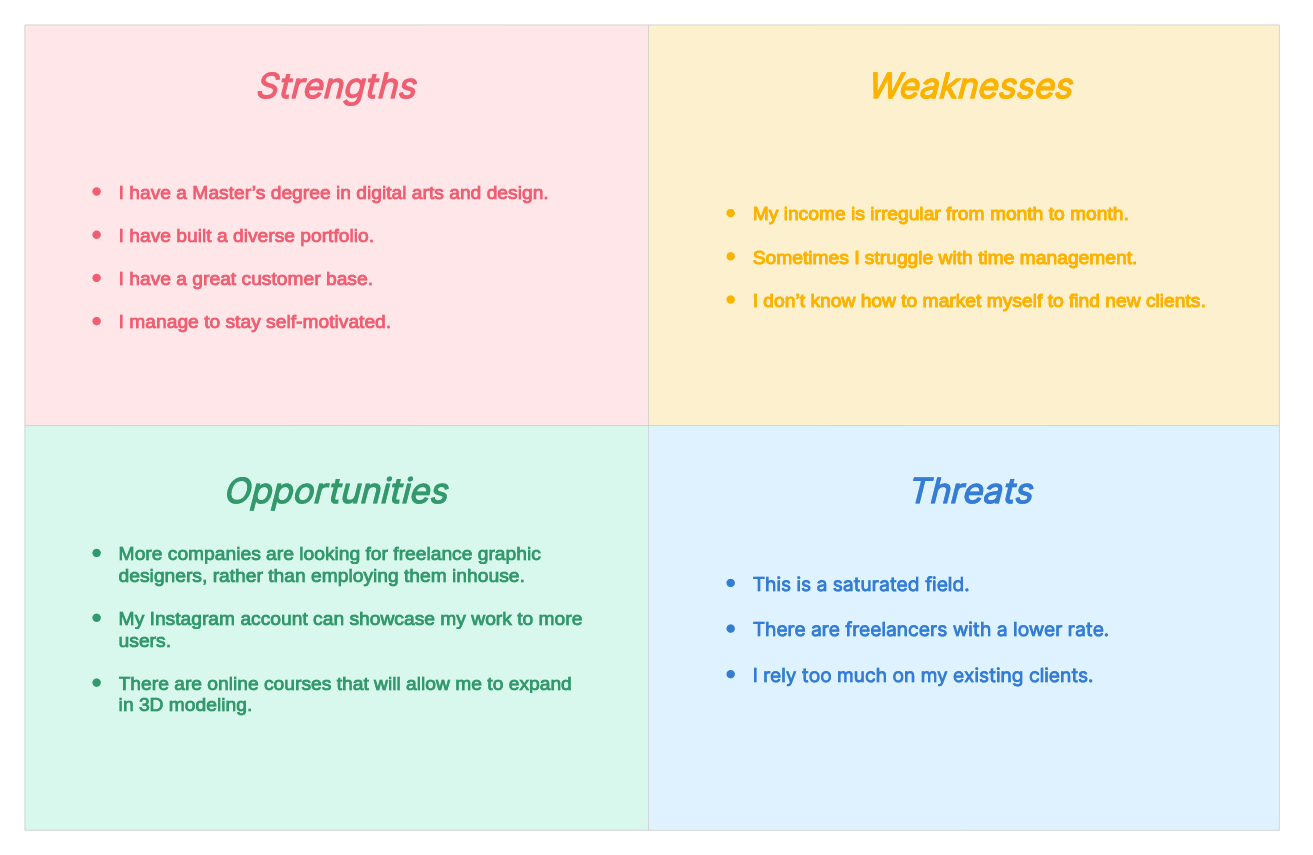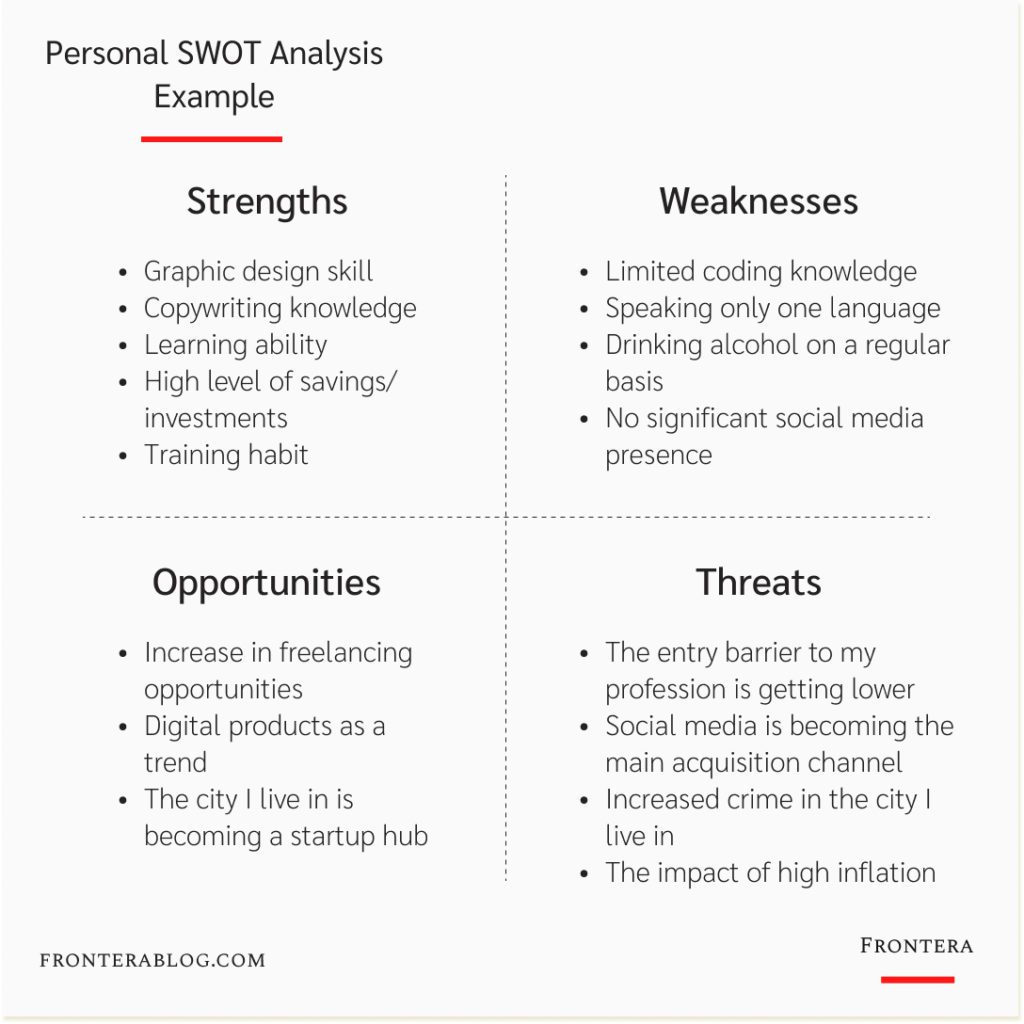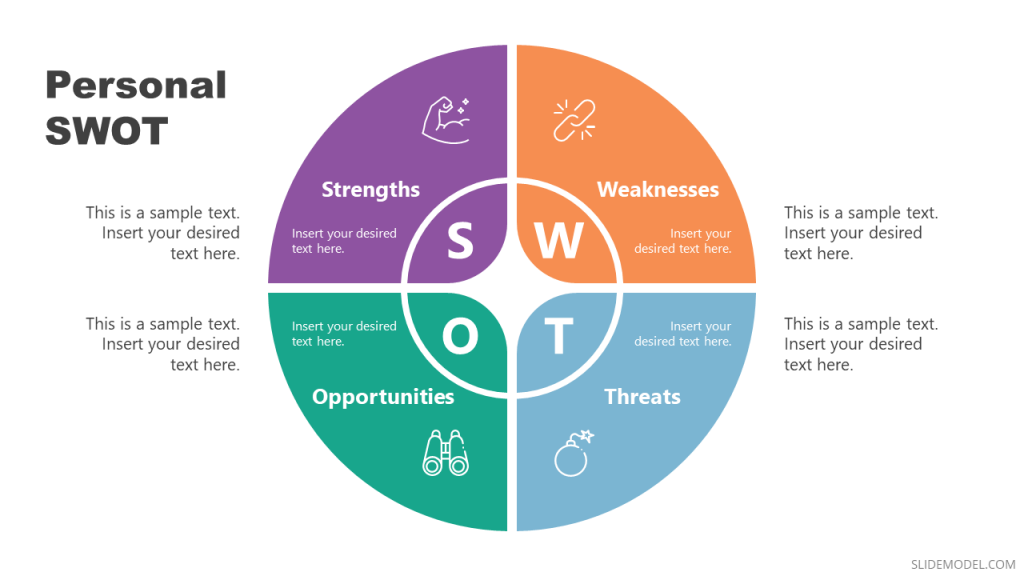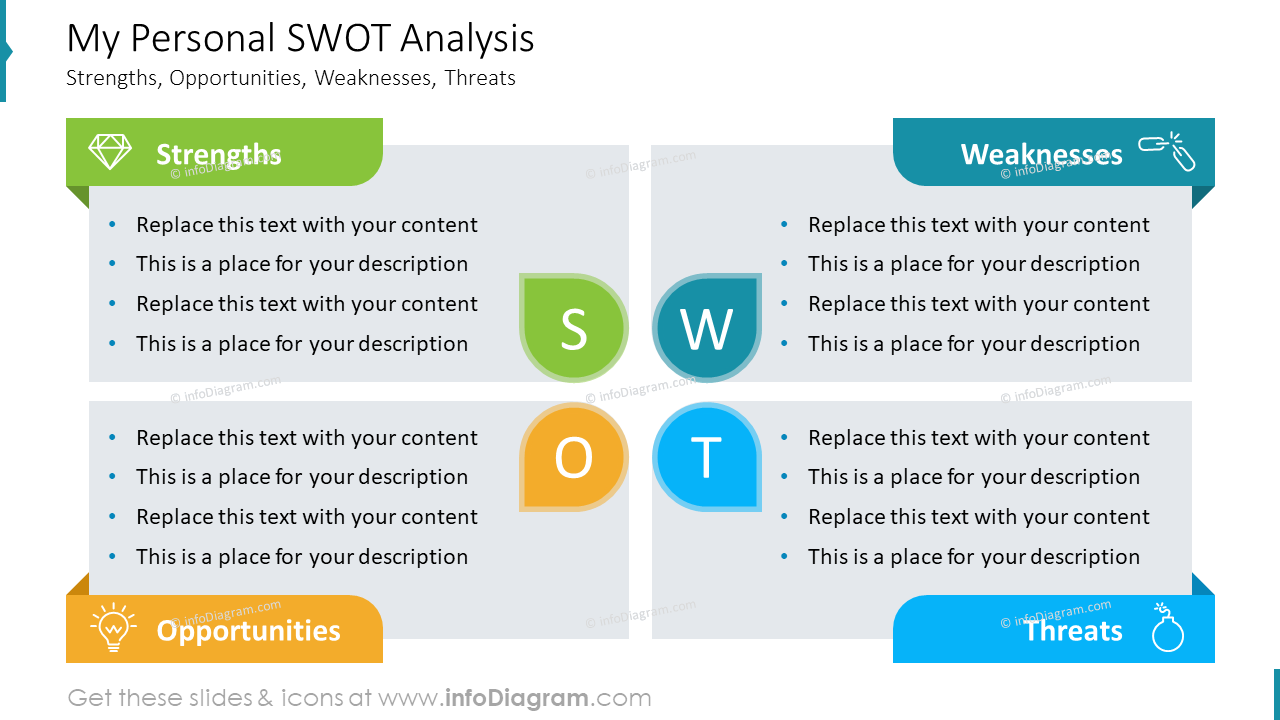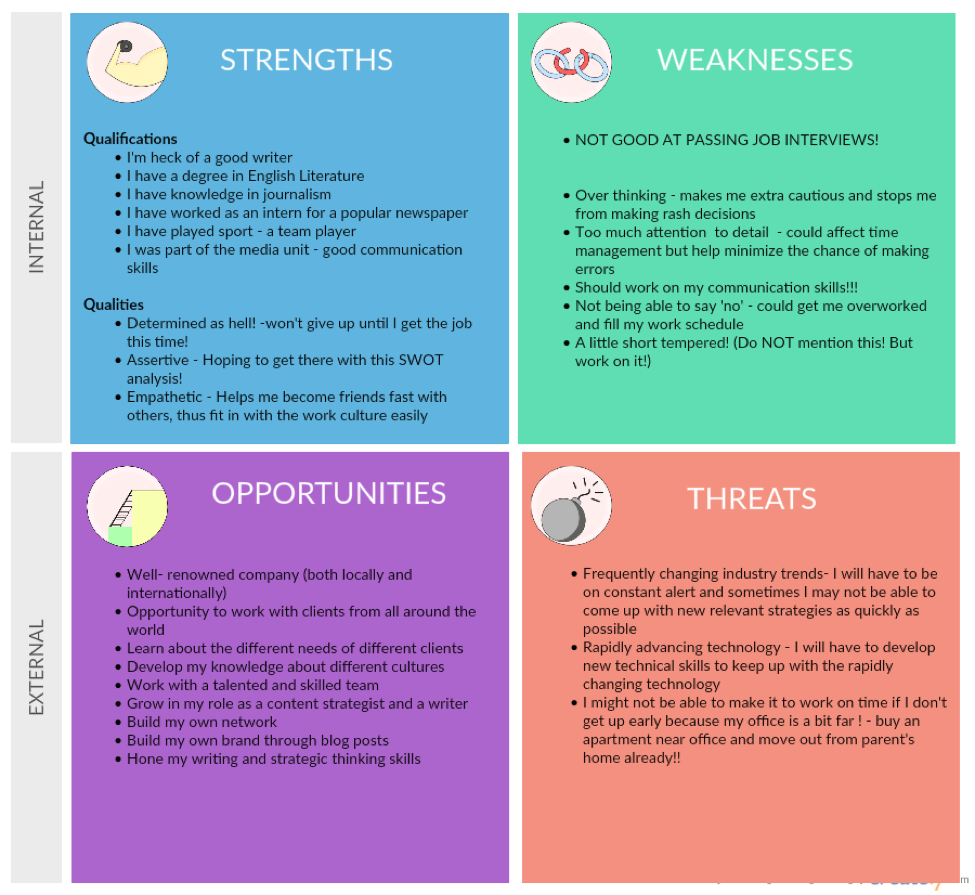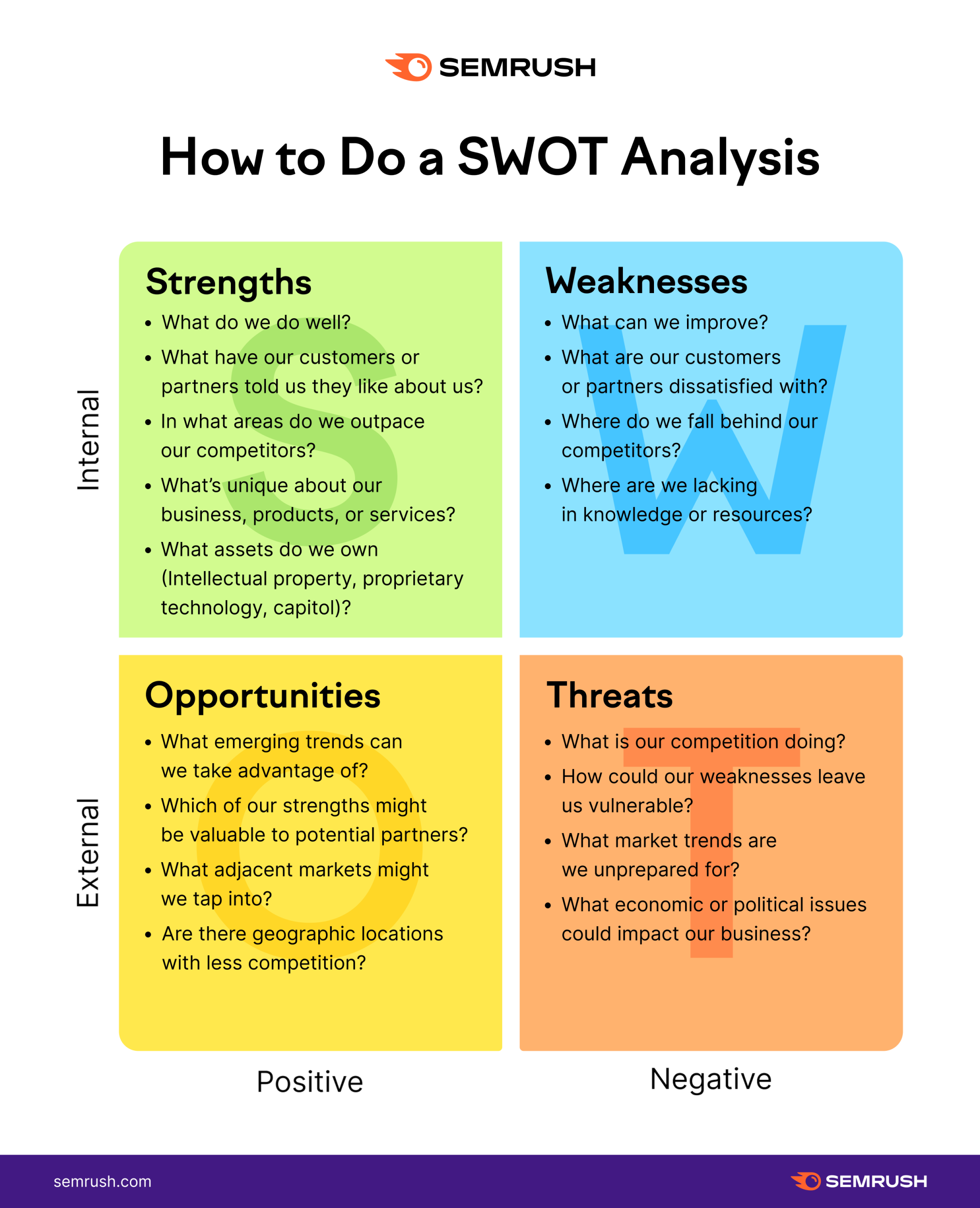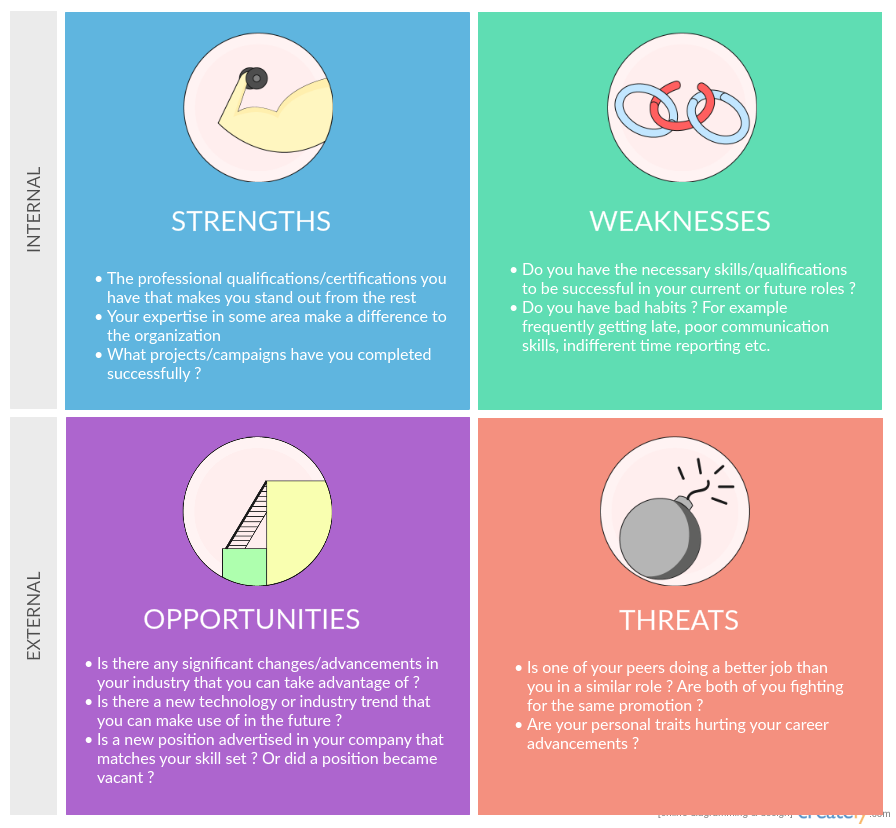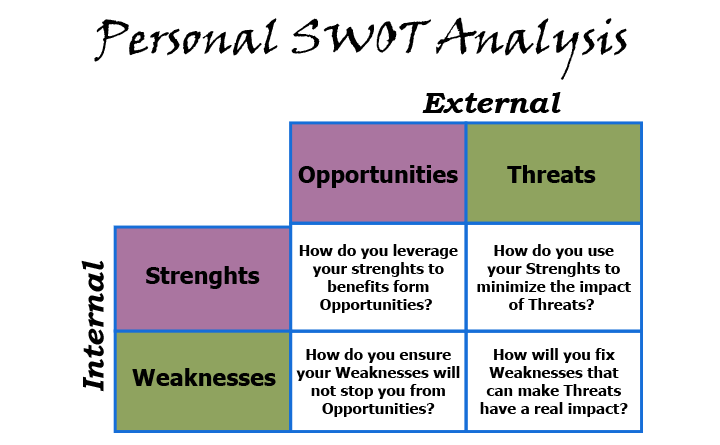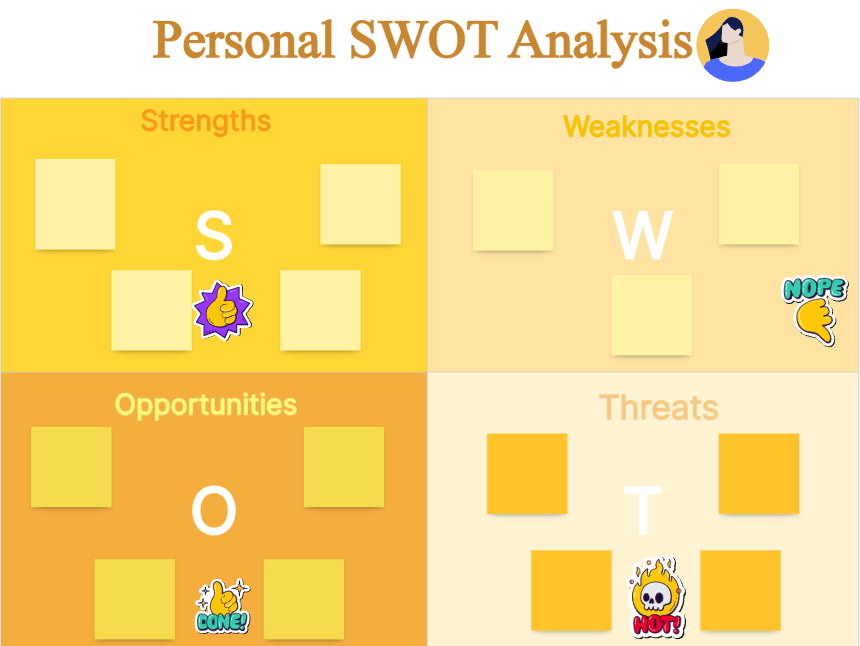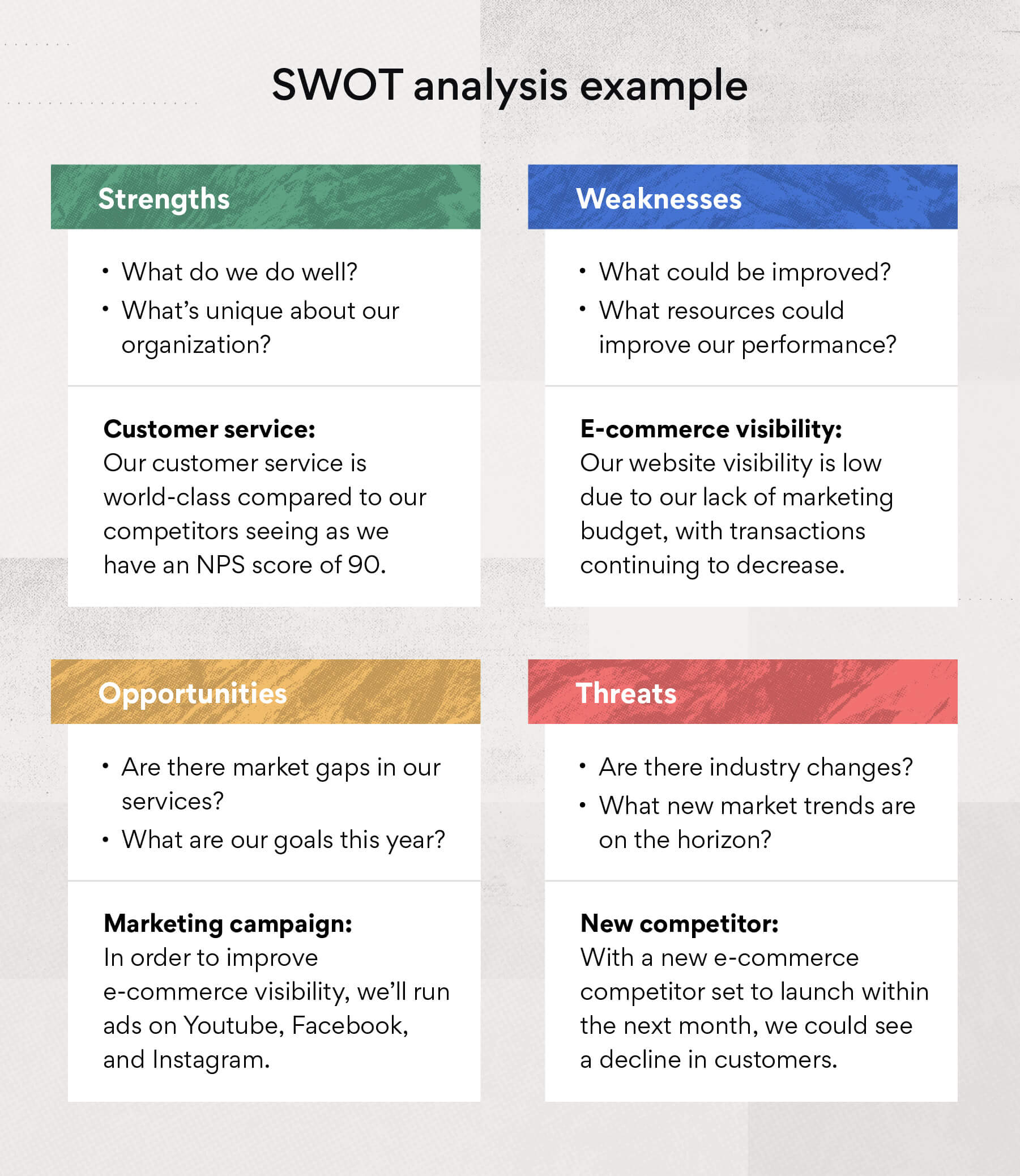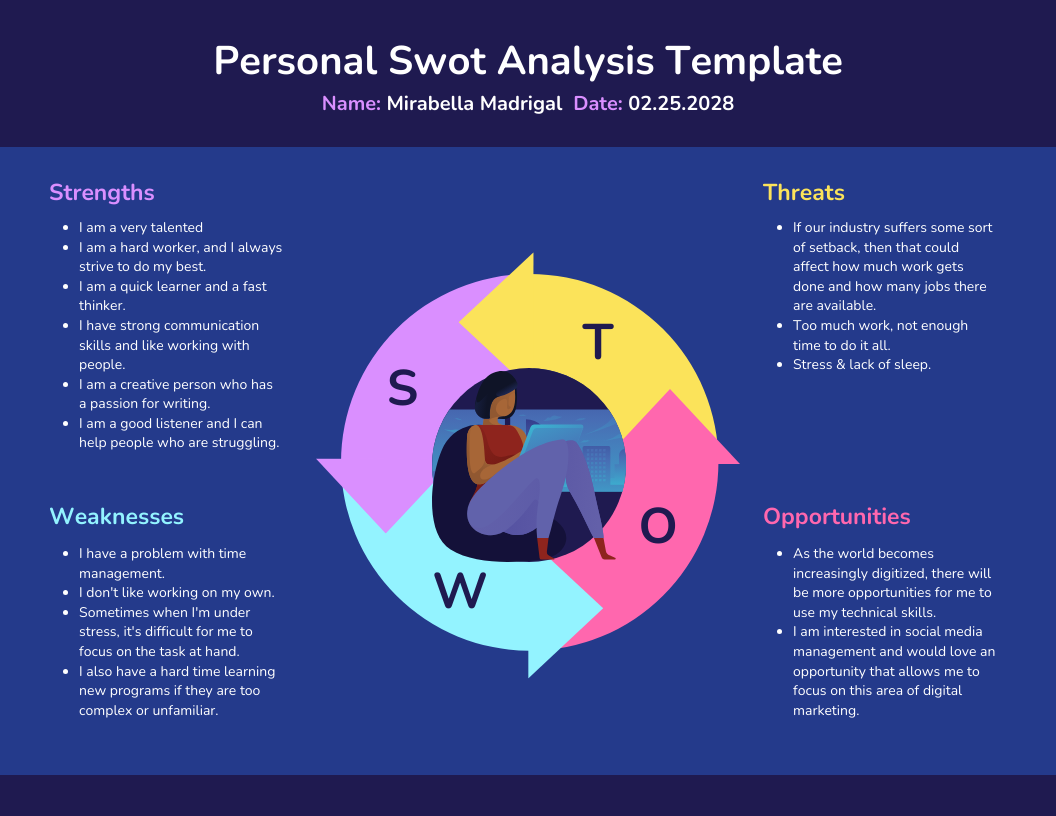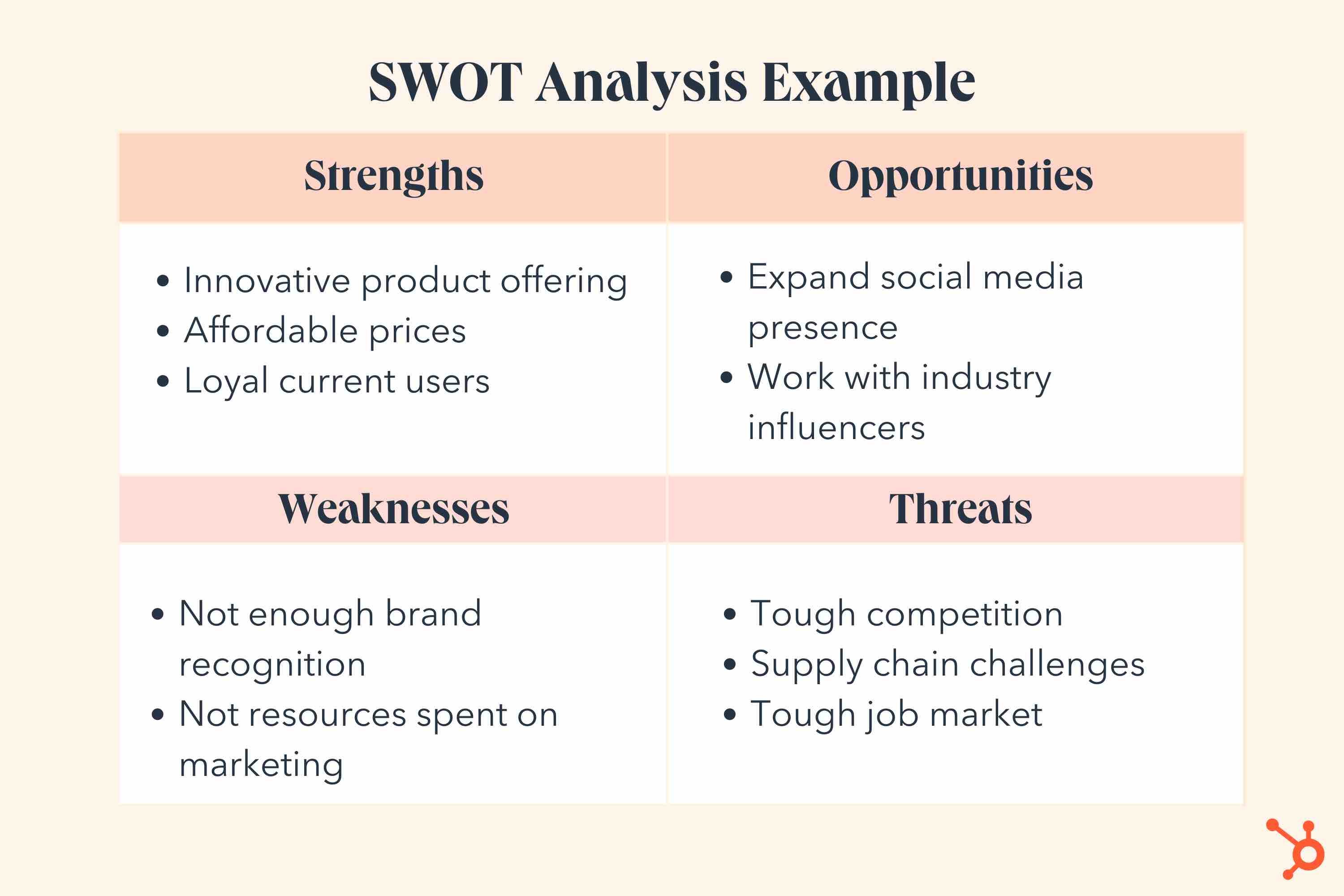Threats In A Personal Swot Analysis
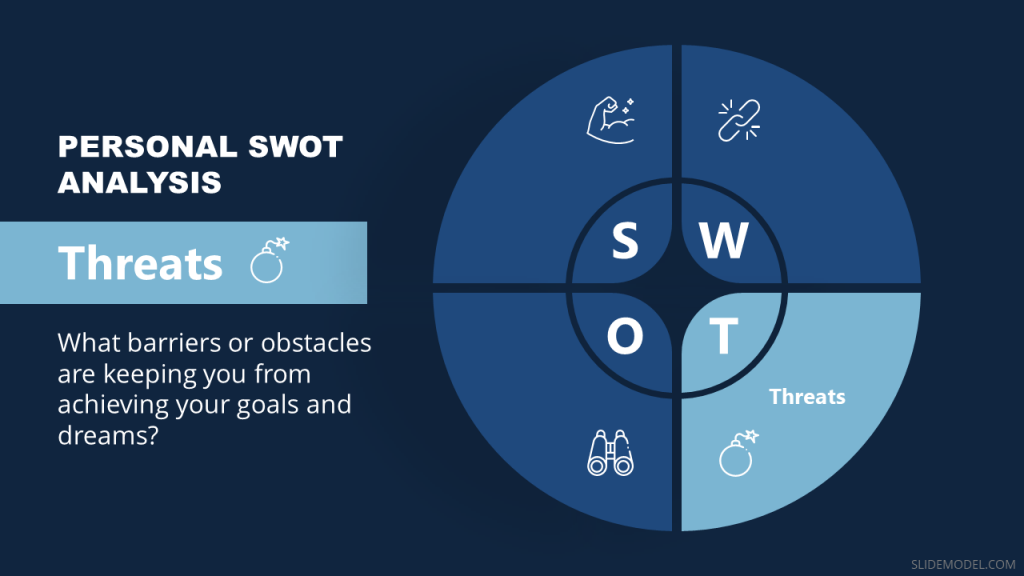
Imagine yourself standing at a crossroads, a map in hand. The sun shines on your strengths, illuminating the path ahead, but shadows lurk just beyond the well-lit areas. These shadows represent the threats – the potential pitfalls that could derail your journey towards personal and professional success. Ignoring them would be like venturing into the unknown without a compass, hoping for the best but unprepared for the worst.
This article explores the crucial, often overlooked, aspect of personal SWOT analysis: Threats. Understanding and acknowledging these potential roadblocks is not about succumbing to fear, but about empowering yourself with foresight and resilience.
Understanding the Full Picture
A personal SWOT analysis, an adaption of the business strategy tool, helps individuals evaluate their Strengths, Weaknesses, Opportunities, and, crucially, Threats. Think of it as an honest self-assessment that reveals not only where you excel and where you need improvement, but also what external forces could impact your goals.
While Strengths and Opportunities are often embraced with enthusiasm, the "Threats" section can be daunting. It forces you to confront the uncomfortable realities of the competitive landscape, economic uncertainties, and personal vulnerabilities.
Identifying Personal Threats
What constitutes a personal "Threat?" It varies depending on your specific aspirations. For example, for someone aiming for a promotion, a potential threat might be the acquisition of the company by another organization with its own pool of talent.
Other examples include: economic downturns impacting job security, rapid technological advancements rendering current skills obsolete, competitors possessing superior skills or experience, or even personal factors like declining health or lack of motivation.
The Impact of Technological Advancements
In today’s fast-paced world, technology is a constant disruptor. New software, automation, and artificial intelligence are constantly reshaping industries and creating new skill requirements.
Failing to adapt to these changes can quickly turn into a significant threat, rendering previously valuable skills obsolete. Continuous learning and upskilling are essential to stay relevant.
Economic Uncertainty
Economic downturns can impact even the most secure positions. Layoffs, hiring freezes, and reduced budgets can create a highly competitive environment, making it harder to achieve career goals.
Being aware of economic trends and developing contingency plans can help mitigate the impact of these uncertainties.
Turning Threats into Opportunities
Identifying threats isn't about paralysis; it's about preparation. Once you acknowledge a potential threat, you can develop strategies to minimize its impact or even transform it into an opportunity.
For example, if you identify that your lack of a specific skill is a threat to your career progression, you can enroll in a course or seek mentorship to acquire that skill.
Similarly, an economic downturn might be the catalyst for starting your own business or exploring new career paths. As Sun Tzu said, "In the midst of chaos, there is also opportunity."
The Importance of Regular Review
A personal SWOT analysis is not a one-time event. The landscape of your personal and professional life is constantly evolving, so it's essential to revisit and update your analysis regularly.
What was once a minor threat could become a major obstacle, and new threats might emerge that you didn't anticipate. Regular reviews ensure that you remain aware of these changes and can adapt your strategies accordingly.
Embrace the Challenge
Facing your threats head-on is a sign of strength, not weakness. By acknowledging potential pitfalls and proactively developing strategies to overcome them, you empower yourself to navigate challenges with resilience and determination.
The journey to success is rarely smooth, but with a clear understanding of the threats that lie ahead, you can steer your ship with confidence and navigate towards your desired destination.
Ultimately, the most significant threat is often ignoring the potential threats altogether. So, embrace the challenge, confront the shadows, and transform your vulnerabilities into opportunities for growth. Your journey to success starts with honest self-awareness and proactive planning.
